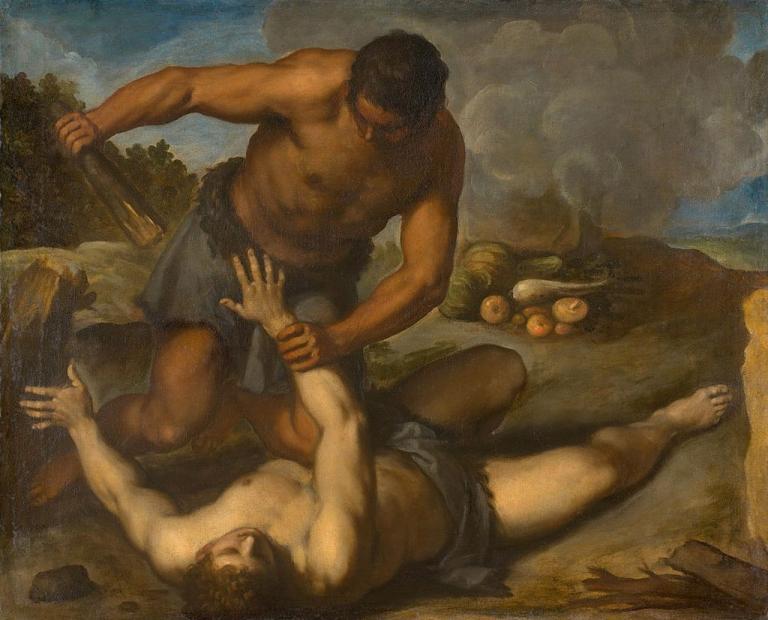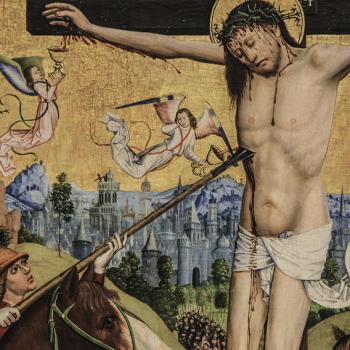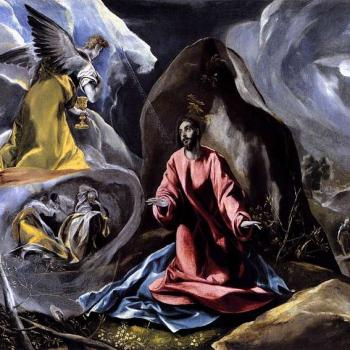Peter Leithart, drawing on Thomas Brodie’s Genesis as Dialogue, points out that we can see this same distinction in Genesis. In fact, we can see a double fall: The account of Adam and Eve is about violating the love of God. The account of Cain and Abel is about violating the love of neighbor.
“The first crime is primarily vertical, against God,” says Leithart; “the second is more horizontal, against another human being. Furthermore, these two crimes involve two of the most basic pairings in life: man-woman; and brother-brother.”
He then notes some strong parallels between the two narratives, which underscores their connection. Here are a few (Adam & Eve first; Cain & Abel second):
–the beginning: “They. . the man and his wife”; “The man knew. . .his wife”
–Fruit forbidden by God; Fruit not regarded by God.
–After eating: they knew. . .; After the killing: Where is Abel?
–They heard the voice; The voice. . . is crying to me
–I hid; I must hide
–Avoiding responsibility: It was the woman. . . ; Am I my brother’s keeper?
–Cursed is the ground because of you; Now you are cursed from the ground
–God’s protective action: He clothes them; He puts a sign on Cain.
There are five more parallels. Read Leithart’s whole discussion.
Brodie’s book is about “diptychs,” the structural device of repetition-with-variation and parallelism. This is a common structural element in Hebrew poetry:
Blessed is the man
who walks not in the counsel of the wicked,
nor stands in the way of sinners,
We see it on a larger scale: The two books of Kings summarizing the history of the monarchy; the two books of Chronicles going over the same material, from a slightly different angle. The life of Christ repeated four times.
Brodie sees this structure within books and within narrative elements. Higher critics see this sort of thing as two separate versions edited together, alleging, for example, that there are two creation stories. But if parallelism is just the way the Hebrews wrote narratives, what we have is simply an overview of the Six Days of Creation, followed by a detailed account of the creation of Adam & Eve from an earthly point of view.
Can you think of other pairings or parallel passages in the Bible of loving God and loving your neighbor?
Painting, Cain and Abel (1603), by Palma il Giovane [Public domain], via Wikimedia Commons













